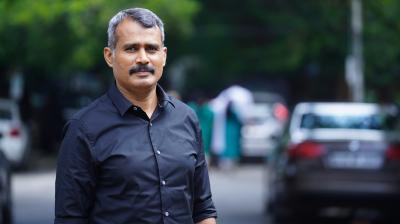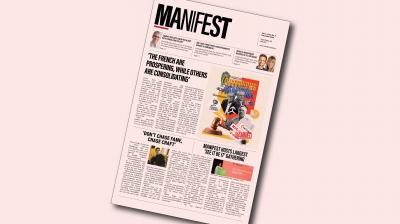Reflecting on the vibrant landscape of Indian advertising from the late 20th century, I am filled with nostalgia for an era when commercials prioritised storytelling, emotional resonance, and relatability. Growing up during the 80s and 90s, I vividly remember how brands created iconic identities that transcended mere product promotion. Campaigns like Hamara Bajaj and Har Ghar Kuch Kehta Hai became cultural touchstones—so much so that consumers didn’t just ask for the product, but for the brand itself.
This approach was revolutionary. Ads in that era aimed to forge a connection—evoking feelings of pride, belonging, and aspiration—using simple yet powerful concepts. They didn’t rely heavily on celebrity faces or flashy visuals but on narratives that touched human emotions.
Fast forward to today, and the advertising landscape has undergone a seismic shift. Advanced technology and the rise of digital media have opened the floodgates to an exponential increase in visual effects, stunning graphics, and innovative treatments. However, this visual spectacle often comes at the expense of the core idea or emotional engagement.
In the current scenario, celebrity endorsements and influencer marketing have become the go-to strategies for quickly gaining visibility. While these methods undoubtedly amplify reach and awareness, they often prioritise star power over substance. For new brands, especially start-ups competing amidst a crowded marketplace, this reliance on fame can be a double-edged sword. The celebrity’s face may attract initial attention, but it rarely guarantees long-term brand loyalty unless rooted in a meaningful concept.
This phenomenon raises a crucial question: why does modern advertising seem to favour formulaic, treatment-heavy content over inventive storytelling? Many filmmakers and advertisers today appear to shy away from experimentation, perhaps driven by fear of failure or a desire to stick with proven templates. As a result, advertising has become increasingly homogenised—treatments and techniques are borrowed and replicated, and the soul of storytelling seems to be fading. The art form, once a powerful tool for cultural reflection and emotional connection, risks becoming superficial.
What is often lost in this pursuit of visual perfection is the ability of an advertisement to evoke true human emotion. Visual grandeur can certainly capture attention, but it’s the concept—the core idea that resonates with human feelings—that creates a lasting impression.
This emphasis on emotion and concept is especially pertinent for Indian advertising, which is deeply rooted in cultural diversity and storytelling traditions. Our heritage offers a wealth of narratives that can inspire and connect audiences on a profound level. It is imperative that future advertising continues to explore and celebrate these stories, making them central to campaigns rather than sidelining them in favour of quick visual gimmicks.
The advent of new technology, while offering incredible tools for visual storytelling, should not isolate concept from execution. Instead, there is tremendous potential in integrating innovative visuals that enhance and deepen the core message. A well-crafted ad can marry high-quality visuals with meaningful storytelling—creating an experience that is engaging both aesthetically and emotionally.
This approach requires a shift in mindset—a recognition that the true power of advertising lies in its ability to mirror human emotions and foster genuine connections. It’s about daring to tell stories that matter, that inspire, and that stay with audiences long after the commercial ends.
In conclusion, the rich legacy of Indian advertising is built on the strength of concept-driven storytelling, emotional resonance, and cultural authenticity. As we navigate an era dominated by technology and visual spectacle, let’s not forget the soul of advertising—its ability to connect emotionally and create meaningful, lasting impressions.
The author is a writer, director and a mother of two beautiful daughters.
This column first appeared in the July issue of Manifest. Get your copy here.

.jpg)









